Home>Technology>Home Entertainment Systems>How Did Television Influence The Election Of 1960?
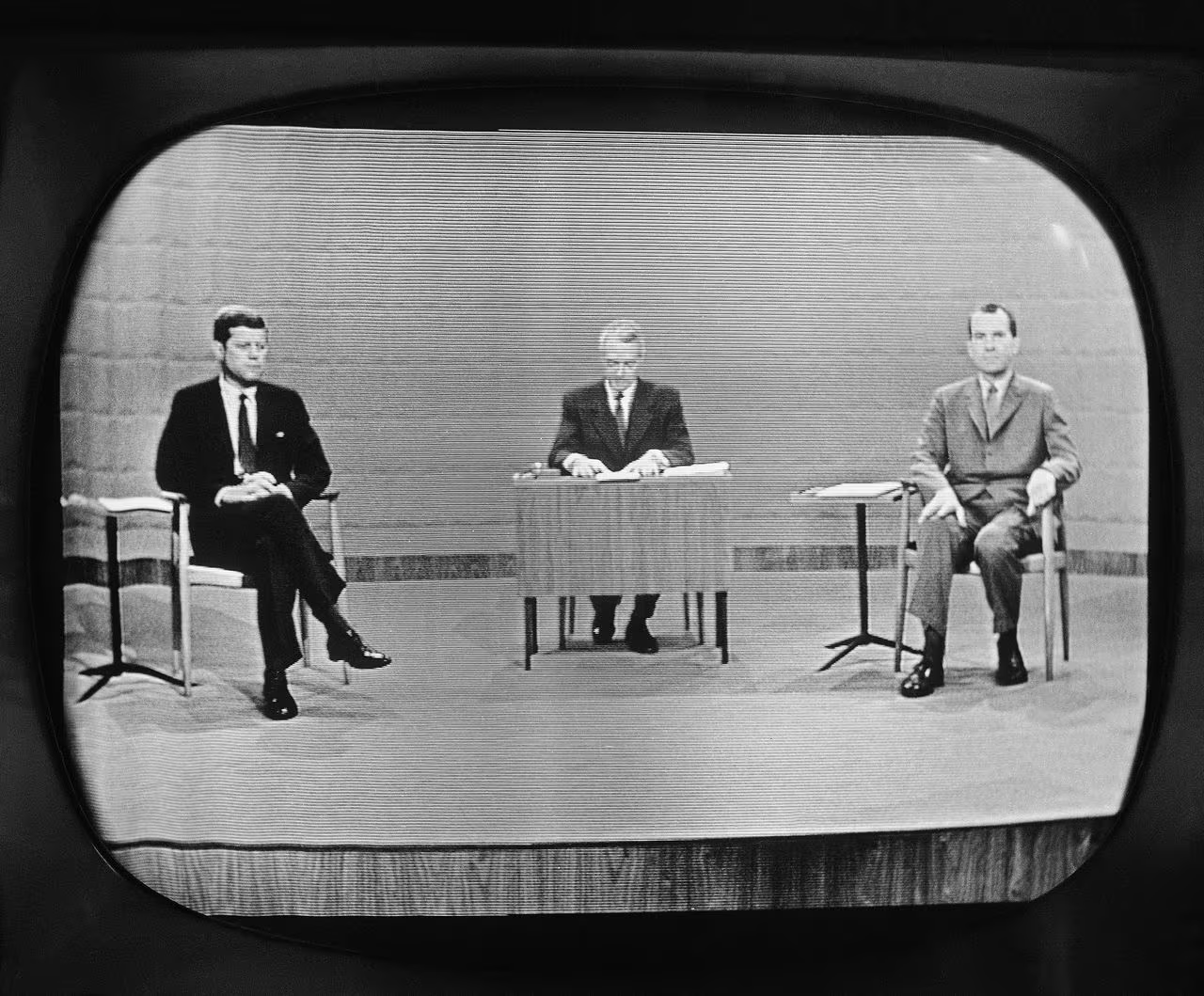

Home Entertainment Systems
How Did Television Influence The Election Of 1960?
Modified: January 5, 2024
Learn about how television played a significant role in shaping the outcome of the 1960 election. Explore the impact and influence of home entertainment systems on this historic event.
(Many of the links in this article redirect to a specific reviewed product. Your purchase of these products through affiliate links helps to generate commission for Storables.com, at no extra cost. Learn more)
Introduction
The 1960 presidential election was a pivotal moment in American history, not just because it marked a transition of power from President Dwight D. Eisenhower to a new leader, but also because it showcased the significant influence of television on politics for the first time. Television had started to gain popularity in the 1950s, gradually making its way into American homes, capturing the attention of millions of viewers. By the 1960s, television had become a ubiquitous presence in society, and politicians began to recognize its potential as a powerful communication tool.
This article explores the impact of television on the election of 1960, focusing on how it transformed political campaigns, influenced voter perception, and ultimately shaped the outcome of the election. From the rise of televised debates to the creative use of campaign ads, television played a crucial role in determining the success of presidential candidates, John F. Kennedy and Richard Nixon.
By examining the relationship between television and the election of 1960, we can gain valuable insights into how media and technology continue to shape the political landscape today.
Key Takeaways:
- Television’s emergence in the 1960 election revolutionized political campaigning, with Kennedy’s telegenic presence and impactful ads showcasing the medium’s power to shape public perception and influence voter behavior.
- The televised debates and campaign ads in the Kennedy vs. Nixon election highlighted television’s pivotal role in shaping the political landscape, setting the stage for its continued dominance in political communication.
The Rise of Television in the 1960s
In the 1960s, television emerged as the dominant medium of communication and entertainment in American households. With the advent of affordable television sets, more and more families started bringing this revolutionary device into their living rooms. This widespread adoption of television created a new platform for politicians to reach a massive audience and convey their messages directly into people’s homes.
The popularity of television can be attributed to a combination of technological advancements and cultural shifts. As television sets became more affordable and accessible, they became a staple in households across the nation. This allowed politicians to tap into a vast demographic and deliver their campaign messages directly to potential voters. The introduction of color television also added to the allure and appeal of the medium, making it even more captivating to viewers.
Moreover, television programming itself began to evolve during this period. The emergence of news programs, talk shows, and documentary-style content provided a new avenue for politicians to engage with the public. This shift in programming laid the foundation for political campaigns to utilize television as a means of shaping public opinion and influencing voter behavior.
Television became a powerful tool for both candidates and voters because it offered a visual and auditory experience that newspapers and radio could not compete with. The ability to see and hear candidates speak directly to the camera allowed viewers to form a more personal connection, creating a sense of familiarity and trust. This visual aspect of television transformed the political landscape, as candidates had to not only craft persuasive messages but also strategically present themselves on-screen.
As television became increasingly influential, political campaigns had to adapt to this new medium and develop specialized strategies to engage viewers. The outcome of the 1960 election demonstrated the importance of understanding the power of television and harnessing it to connect with voters on a deeper level.
The Importance of Television Debates
One of the most significant developments in the 1960 election was the series of televised debates between John F. Kennedy and Richard Nixon. These debates marked a turning point in American politics, as they showcased the power of television to shape public perception and influence voter opinion.
Prior to the debates, Kennedy was relatively unknown on the national stage, while Nixon, as the vice president, had a higher public profile. However, it was Kennedy’s charisma and poise on television that captivated viewers and shifted the narrative of the election. The debates allowed Kennedy to present himself as a confident and knowledgeable candidate, while Nixon’s appearance, sweaty and nervous, undermined his credibility.
The visual impact of the debates played a crucial role in swaying public opinion. The television medium allowed viewers to see the candidates up close and scrutinize their body language, facial expressions, and overall demeanor. Kennedy’s polished and telegenic presence resonated with viewers, bolstering his image as a charismatic leader. In contrast, Nixon’s haggard appearance left many viewers with reservations about his ability to handle the pressures of the presidency.
The debates also exemplified the power of effective communication in a televised format. Kennedy’s eloquence and ability to connect with viewers through concise and persuasive arguments appealed to the American public. His command of the medium was evident during the debates, as he skillfully articulated his vision for the country and presented himself as a forward-thinking leader.
Furthermore, the debates highlighted the importance of presentation skills in the television era. Nixon’s lackluster performance demonstrated the need for candidates to not only possess deep knowledge and policies but also effectively deliver their message in a compelling manner. The debates underscored that being well-prepared and camera-friendly were essential qualities for a successful candidate in the television age.
The impact of the televised debates in the 1960 election cannot be overstated. They solidified the perception that television was a game-changer in politics and emphasized the need for candidates to master this medium. From this election onwards, televised debates became a standard fixture in presidential campaigns, playing a pivotal role in swaying public opinion and shaping the outcome of elections.
The Influence of Television Campaign Ads
In addition to televised debates, another key aspect of the 1960 election was the innovative use of television campaign ads. Political candidates recognized the power of television advertising as a persuasive tool to reach a wide audience and convey their messages effectively.
Television campaign ads allowed candidates to create narratives, showcase their policies, and shape public opinion. These ads utilized various techniques, such as compelling visuals, emotional storytelling, and memorable slogans, to leave a lasting impression on viewers. By appealing to the emotions and aspirations of voters, candidates aimed to garner support and sway undecided voters in their favor.
The 1960 election saw a significant shift in the style and content of political ads. Candidates like Kennedy and Nixon embraced the medium, employing creative storytelling techniques to engage viewers. Kennedy’s ads portrayed him as a youthful and energetic leader who represented a new era of progress. In contrast, Nixon’s ads focused on his experience and portrayed him as a candidate who could provide stability and security.
One notable aspect of television campaign ads was their ability to target specific demographics. Political strategists recognized that different groups of voters had different concerns and priorities. Therefore, ads were tailored to address these specific issues and resonate with the targeted audience. This strategy allowed candidates to connect with voters on a personal level and demonstrate an understanding of their needs.
Television campaign ads also shaped the narrative surrounding the candidates, as they had control over the information and visuals presented to viewers. These ads played a crucial role in shaping public perception of the candidates’ character, qualifications, and policy positions. A well-crafted ad could change the public’s perception of a candidate and influence their voting decisions.
Furthermore, the ability of television ads to reach a vast audience quickly and repeatedly created a sense of familiarity and increased the candidates’ name recognition. By creating a strong presence on television, candidates were able to establish themselves as credible and prominent figures in the eyes of the public.
The influence of television campaign ads in the 1960 election was profound. It demonstrated the power of storytelling and visuals in shaping public opinion and influencing voter behavior. The success of candidates in utilizing this medium set the stage for future elections, where television ads became a crucial component of political campaigns.
Television played a significant role in the 1960 election by allowing viewers to see the candidates in televised debates for the first time. This influenced public perception and ultimately the outcome of the election.
Television’s Impact on Voter Perception
Television played a significant role in shaping voter perception during the 1960 election. The medium had the power to influence how voters perceived the candidates, their policies, and their abilities to lead the nation. Television’s impact on voter perception can be attributed to several key factors.
First and foremost, television brought the candidates directly into people’s homes, allowing viewers to form a personal connection with them. This visual medium offered a more intimate experience than print media or radio, enabling viewers to see the candidates’ facial expressions, body language, and overall demeanor. These visual cues greatly influenced how voters perceived the candidates, as they were able to observe nonverbal cues and make judgments based on these observations.
Television also had the power to shape the narrative surrounding the candidates. Through news coverage, interviews, and debates, television presented a curated image of the candidates to the public. This image was often influenced by editorial decisions and the biases of the media, which could impact how voters perceived the candidates’ strengths, weaknesses, and overall suitability for office.
Moreover, the use of television ads allowed candidates to control the messaging and branding associated with their campaigns. Through carefully crafted ads, candidates could shape their public image and present themselves in the most favorable light. Positive and negatively toned ads had the power to influence how voters perceived the candidates’ characters, qualifications, and policy positions.
Television’s impact on voter perception was further amplified by the fact that it reached a wide and diverse audience. Unlike other forms of media, television had the ability to reach almost every household in America. This meant that individuals from different backgrounds, regions, and demographic groups were exposed to the same information and visuals, contributing to the shaping of a shared narrative and understanding of the candidates.
Moreover, the visual and auditory nature of television made it a more engaging and memorable medium compared to other forms of communication. The use of compelling visuals, persuasive messaging, and emotional storytelling in television ads had a profound impact on viewer’s subconscious, shaping their opinions and influencing their decision-making process when casting their vote.
The influence of television on voter perception during the 1960 election demonstrated the power of the medium as a tool for shaping public opinion and influencing voter behavior. It highlighted the need for candidates to understand the dynamics of television and strategically utilize it to present themselves in the most favorable light.
Read more: How Does Television Influence Society?
Television and the Kennedy vs. Nixon Election
The 1960 presidential election between John F. Kennedy and Richard Nixon is often referred to as the first “television election”. This historic contest demonstrated the profound impact that television had on the outcome of an election and the public’s perception of the candidates.
Television played a pivotal role in shaping the narrative of the Kennedy vs. Nixon election. Kennedy, a young and charismatic senator from Massachusetts, recognized the power of television early on and utilized it to his advantage. His telegenic presence and eloquent speaking style resonated with viewers, setting him apart from the more experienced but less camera-friendly Nixon.
One of the most pivotal moments of the election was the series of televised debates between Kennedy and Nixon. The first-ever televised presidential debates were watched by millions of Americans, and they transformed the race. Kennedy’s confident and polished performance on camera helped him connect with viewers, while Nixon’s nervous and sweaty appearance raised doubts about his ability to lead.
It is widely believed that Kennedy’s success in these televised debates contributed significantly to his victory in the election. Many viewers based their voting decisions on the candidates’ performances rather than their policy positions, highlighting the powerful influence of television on voter perception.
Television campaign ads also played a crucial role in the Kennedy vs. Nixon election. Kennedy’s team crafted innovative and emotionally compelling ads that showcased his youth, energy, and vision for the future. These ads resonated with viewers and helped solidify Kennedy’s image as a forward-thinking leader.
Nixon, on the other hand, struggled to make the same impact with his television ads. His campaign relied heavily on traditional campaign strategies such as print media and radio, failing to fully recognize the power of television in shaping public perception. While Nixon did utilize television ads, they often lacked the emotional resonance and visual appeal of Kennedy’s campaign.
The Kennedy vs. Nixon election demonstrated the transformative power of television in politics. Kennedy’s ability to harness the medium’s potential, both through televised debates and campaign ads, gave him a significant advantage over Nixon. This election marked a turning point in how candidates approached campaigning, paving the way for television to become a central component of political communication.
Ultimately, Kennedy’s successful utilization of television helped him secure his narrow victory in the 1960 election. This milestone election forever changed the landscape of American politics, solidifying television as a dominant force in shaping voter perception and influencing election outcomes.
Television’s Role in Shaping the Political Landscape
Television has played a significant role in shaping the political landscape, transforming the way political campaigns are conducted and the way voters engage with the political process. Since its rise to prominence in the 1960s, television has become a dominant medium for political communication, influencing voter perception and shaping electoral outcomes.
One of the key ways in which television has shaped the political landscape is through its ability to reach a wide and diverse audience. Unlike other forms of media, such as print or radio, television has the power to engage viewers through visual and auditory stimuli. This mass reach has made television an essential tool for politicians to disseminate their message to a broad spectrum of voters.
Television’s impact can be seen in the way political campaigns are structured and executed. Candidates allocate substantial portions of their campaign budgets to television advertising, recognizing its power to create brand recognition, shape public opinion, and influence voter behavior. Television ads allow candidates to craft specific narratives, evoke emotions, and convey their policy positions in a visually compelling manner.
The rise of televised debates has also been instrumental in shaping the political landscape. These debates provide an opportunity for candidates to engage in direct exchanges of ideas and challenge each other’s positions in a public forum. Television broadcasts these debates to millions of viewers, allowing citizens to witness and evaluate the candidates’ performances firsthand. The impact of these debates can be substantial, often influencing public perception and swaying voter preference.
Moreover, television has facilitated the rise of political punditry and commentary. News networks dedicate significant airtime to political analysis, allowing experts to dissect and interpret campaign strategies, polling data, and the latest developments. These discussions shape the narrative surrounding the candidates, influencing how the public perceives their strengths, weaknesses, and policy positions.
Television’s impact on the political landscape is not without its challenges. The influence of money in politics has become more pronounced with the rise of television advertising. Candidates who can afford extensive television campaigns often have an advantage over less-funded opponents, potentially skewing the democratic process.
Additionally, the presence of polarizing and biased political commentary on television has contributed to an environment of heightened partisanship. Television networks cater to specific demographic groups and often provide content that reinforces pre-existing political beliefs. This echo chamber effect can hamper constructive dialogue and make it more challenging for citizens to engage with opposing viewpoints.
Despite these challenges, television continues to shape the political landscape. Its ability to capture the attention of millions and influence public opinion makes it a necessary medium for candidates to navigate and utilize effectively. To succeed in today’s political climate, politicians must understand the power of television and adapt their campaigns to engage voters in innovative and compelling ways.
As technology advances and new media platforms emerge, television remains a dominant force in political communication. Its role in shaping the political landscape will continue to evolve, but its influence on voter perception and the electoral process is likely to remain significant for the foreseeable future.
Conclusion
The influence of television on politics, particularly evident in the 1960 election between John F. Kennedy and Richard Nixon, has forever transformed the way political campaigns are conducted and how voters engage with the political process. The rise of television introduced a powerful medium that could reach a wide audience, shape voter perception, and influence election outcomes.
Television’s impact on the 1960 election was profound. The televised debates between Kennedy and Nixon demonstrated the persuasive power of visual communication and its ability to sway public opinion. Kennedy’s charismatic presence and confident demeanor resonated with viewers, leaving a lasting impression and contributing to his victory. The use of television campaign ads further solidified the influence of this medium, allowing candidates to control the narrative and shape public perception through compelling storytelling and persuasive messaging.
Television’s role in shaping the political landscape extends beyond a single election. The medium continues to be a central platform for political communication, reaching voters in their homes and influencing their opinions and decisions. Televised debates and campaign ads have become standard fixtures in presidential campaigns, with candidates recognizing the importance of mastering this medium to connect with voters on a personal level.
However, while television has brought numerous benefits to the political process, it also comes with challenges. The prominent role of money in television advertising can create inequalities and limit the access of less-funded candidates. The presence of biased political commentary means that viewers must navigate a landscape where their perspectives may be reinforced rather than challenged.
Despite these challenges, the power of television in shaping voter perception and the political landscape cannot be underestimated. It has become an indispensable tool for candidates to communicate their messages, establish their brands, and connect with voters on an emotive and personal level. As technology continues to advance, television will likely evolve and adapt, incorporating new platforms and channels, but its fundamental role in politics remains resilient.
In conclusion, the rise of television in the 1960s marked a significant turning point in the intersection of media and politics. The medium’s impact on the election of 1960 showcased its ability to shape public opinion, influence voter perception, and determine electoral outcomes. Television has since become an integral part of political campaigns, shaping the political landscape and forever changing the way candidates engage with the public. As we move forward, it is essential for both candidates and voters to recognize the power of television and its potential to shape the future of democracy.
Frequently Asked Questions about How Did Television Influence The Election Of 1960?
Was this page helpful?
At Storables.com, we guarantee accurate and reliable information. Our content, validated by Expert Board Contributors, is crafted following stringent Editorial Policies. We're committed to providing you with well-researched, expert-backed insights for all your informational needs.
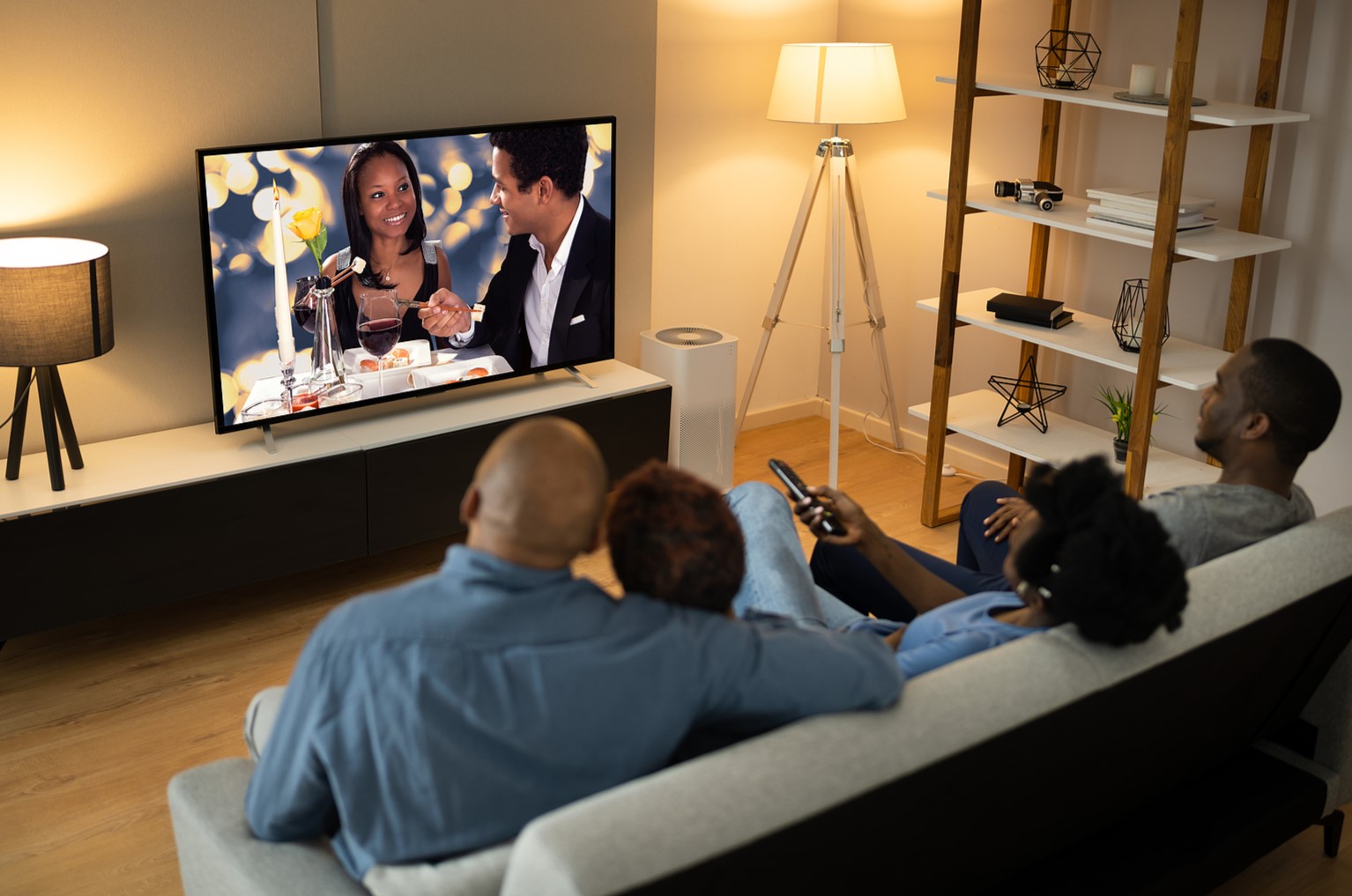
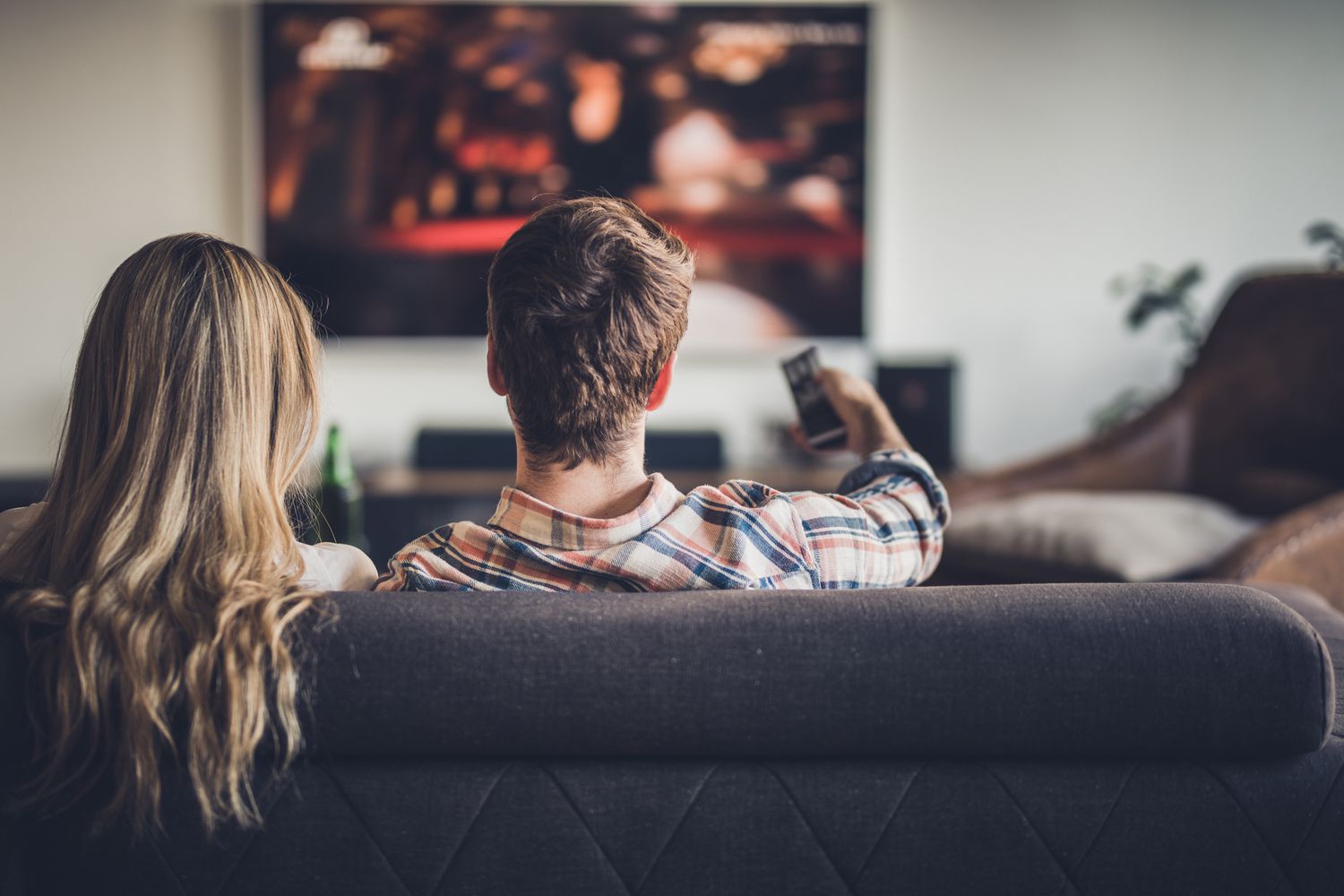
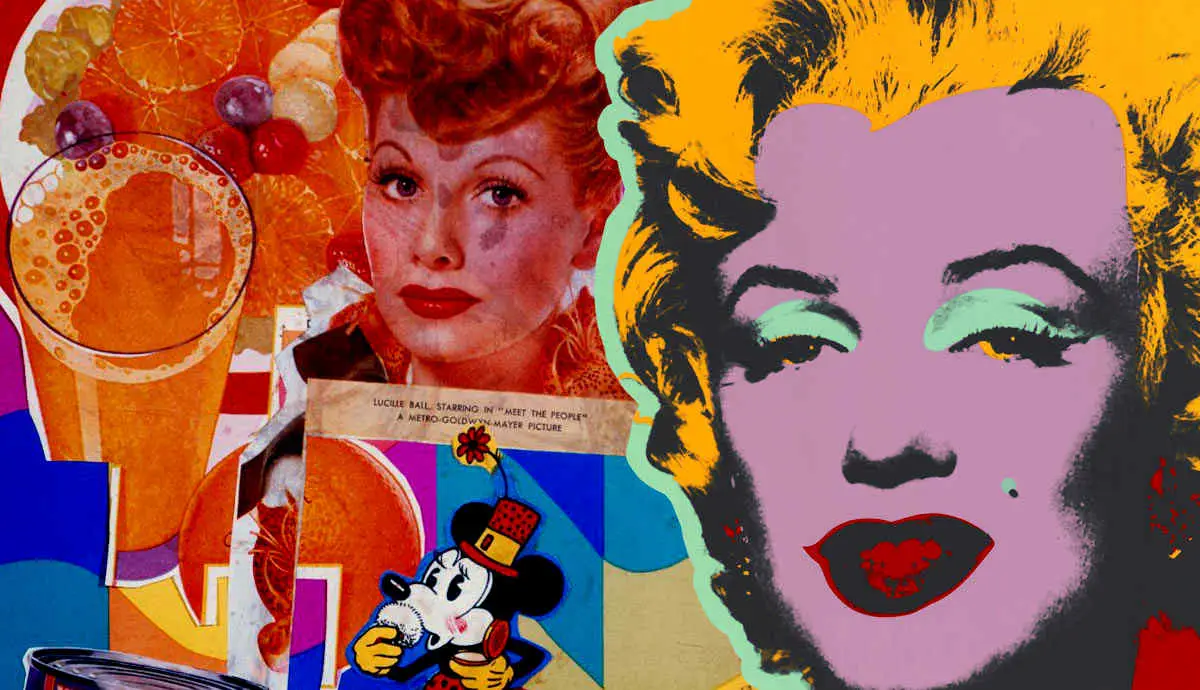
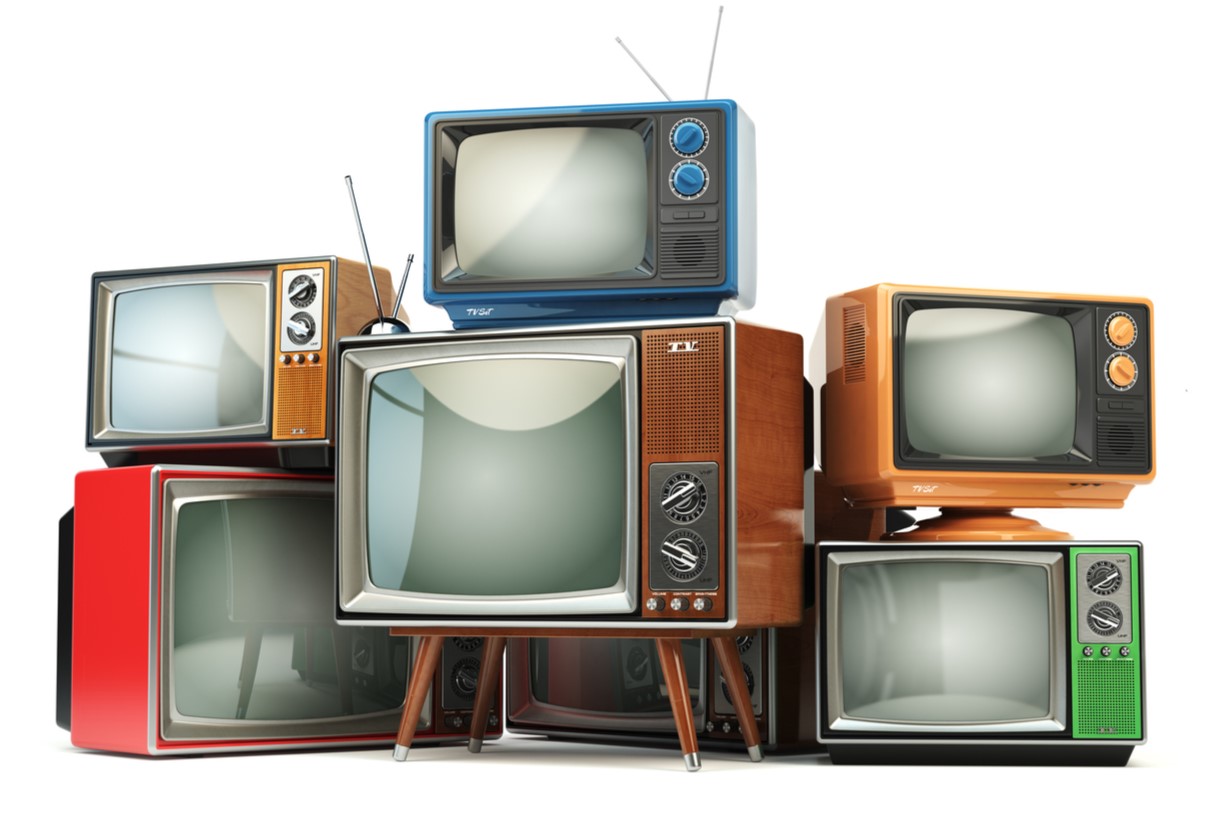

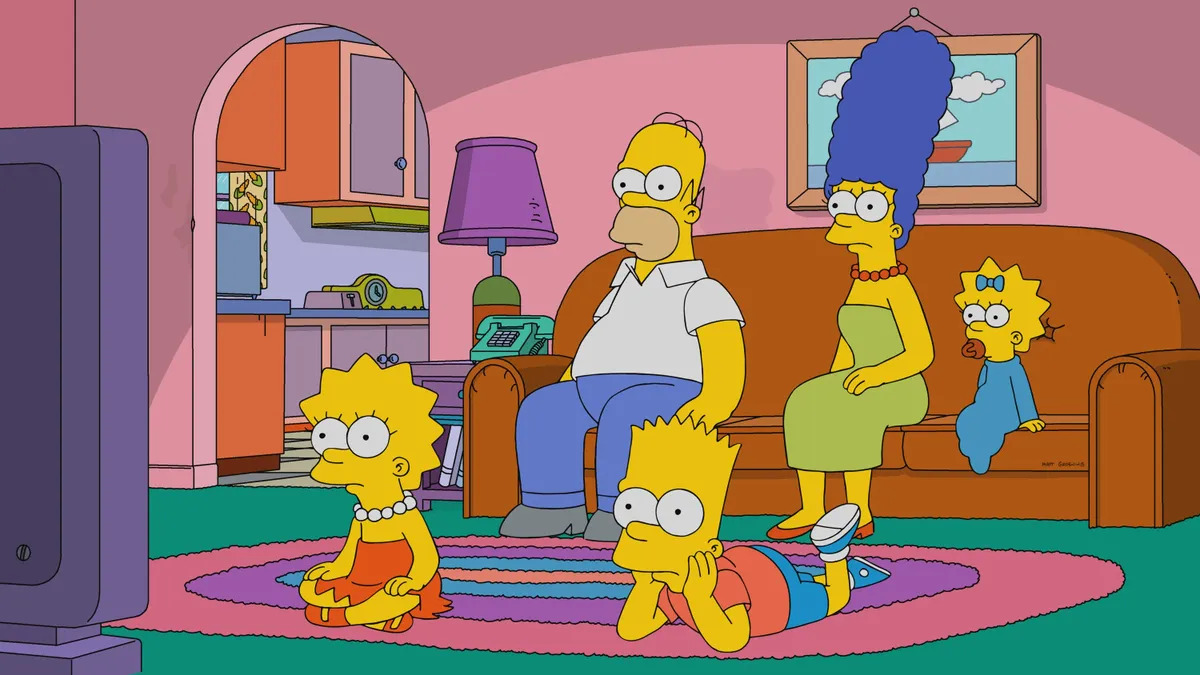
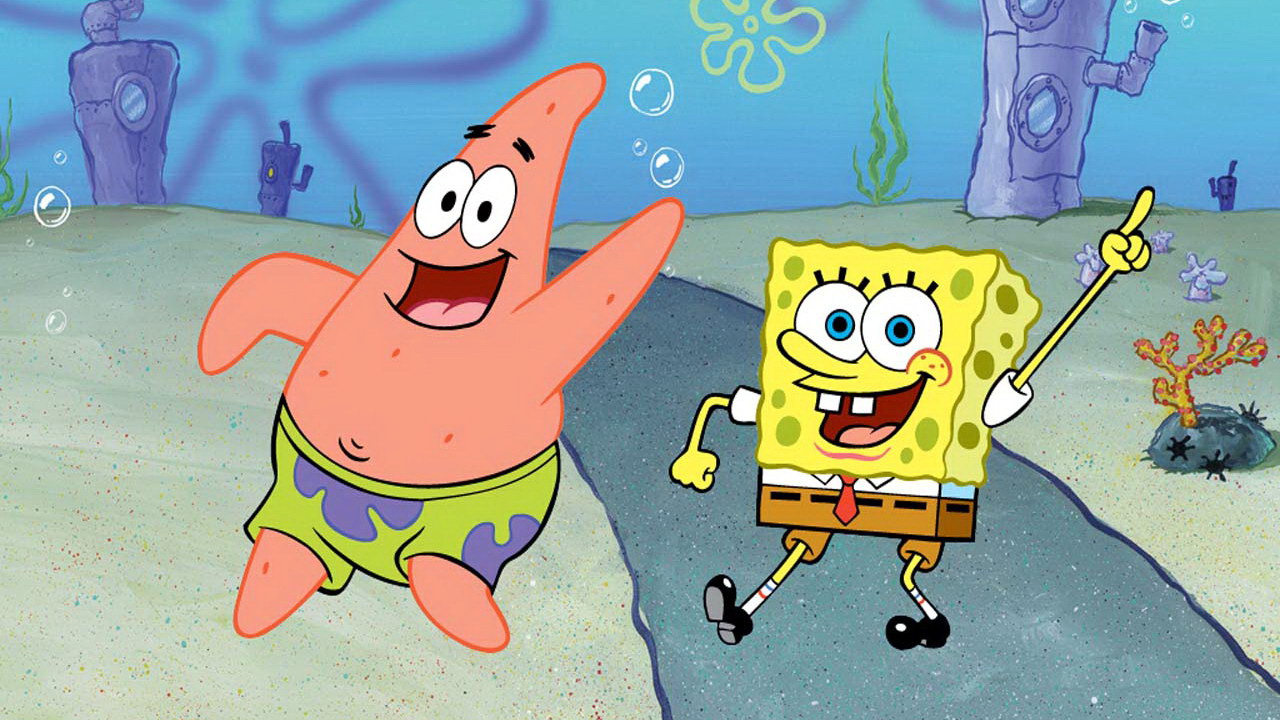
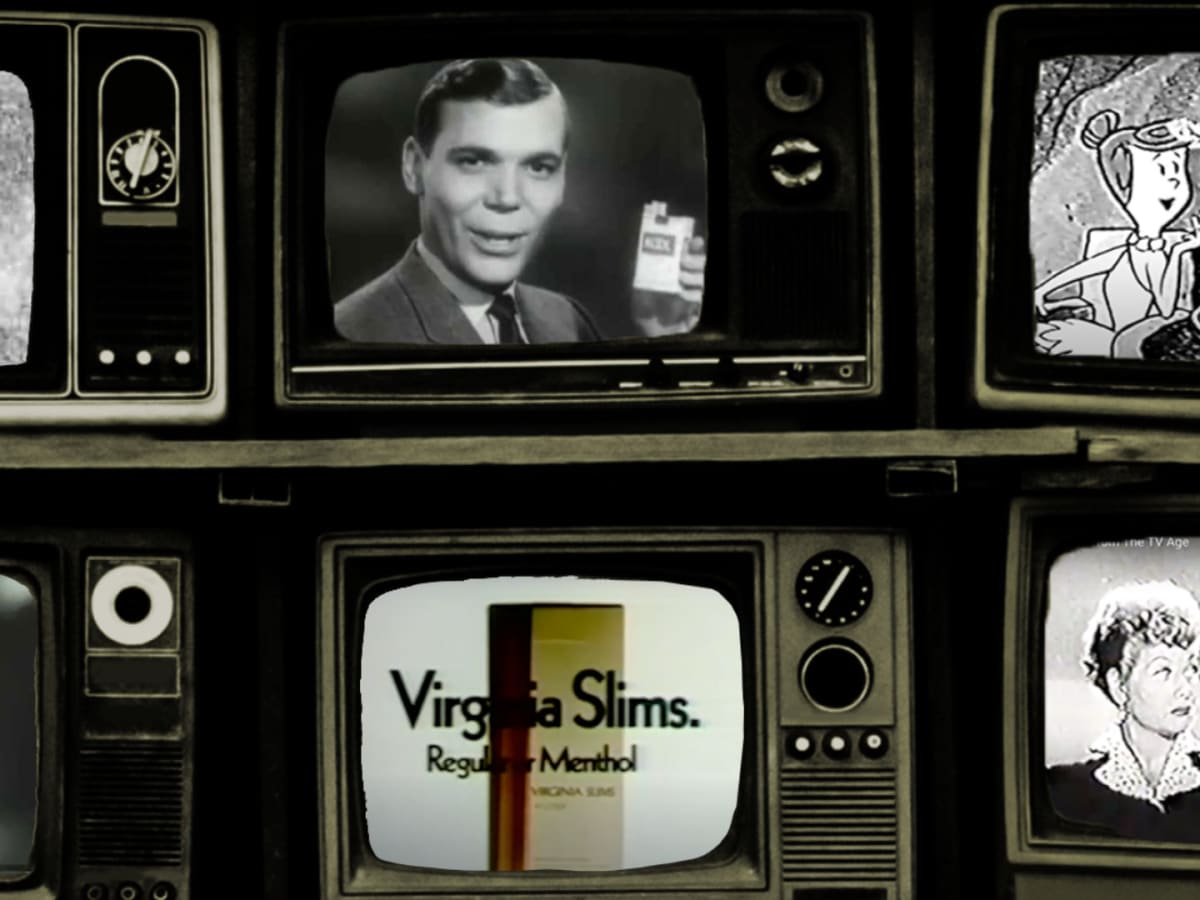
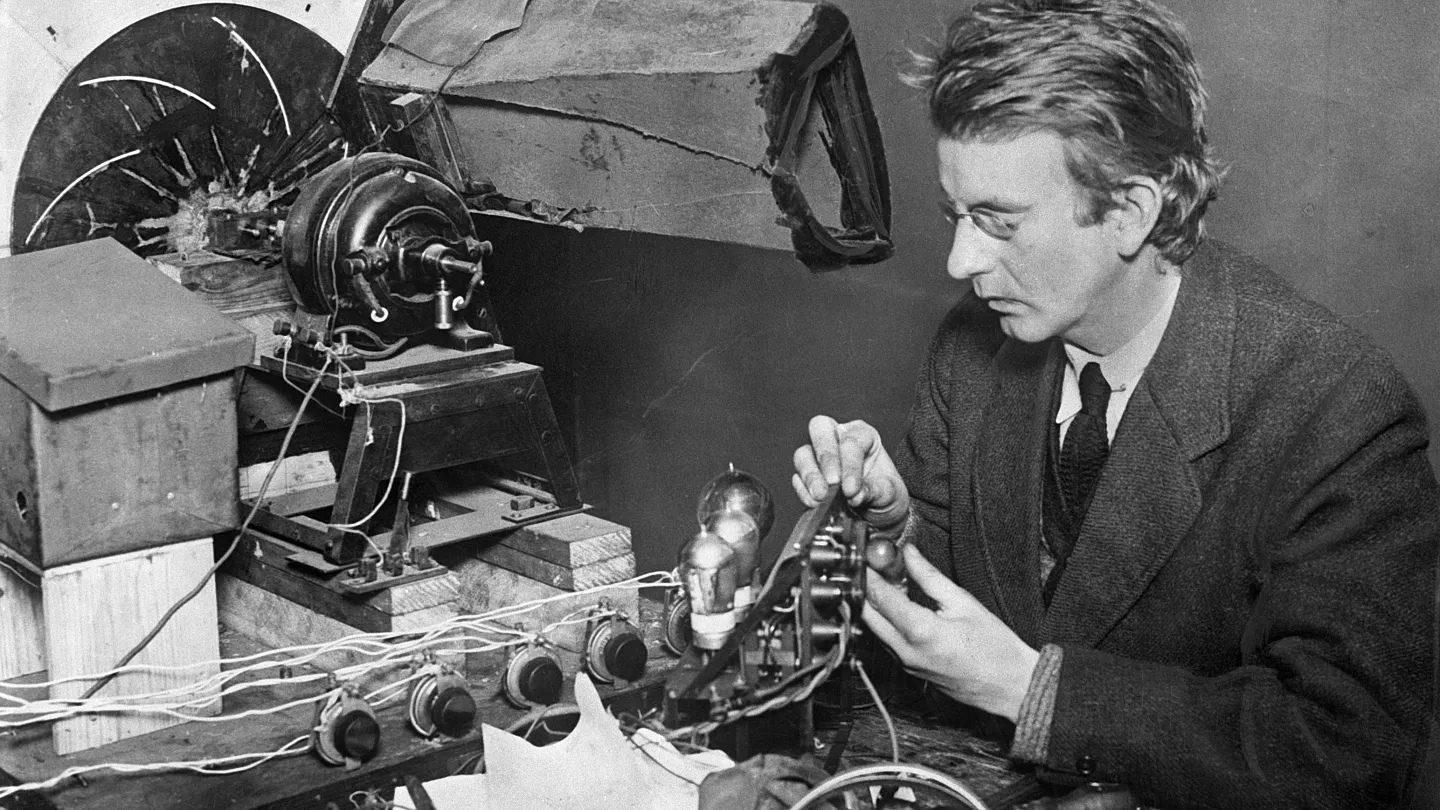
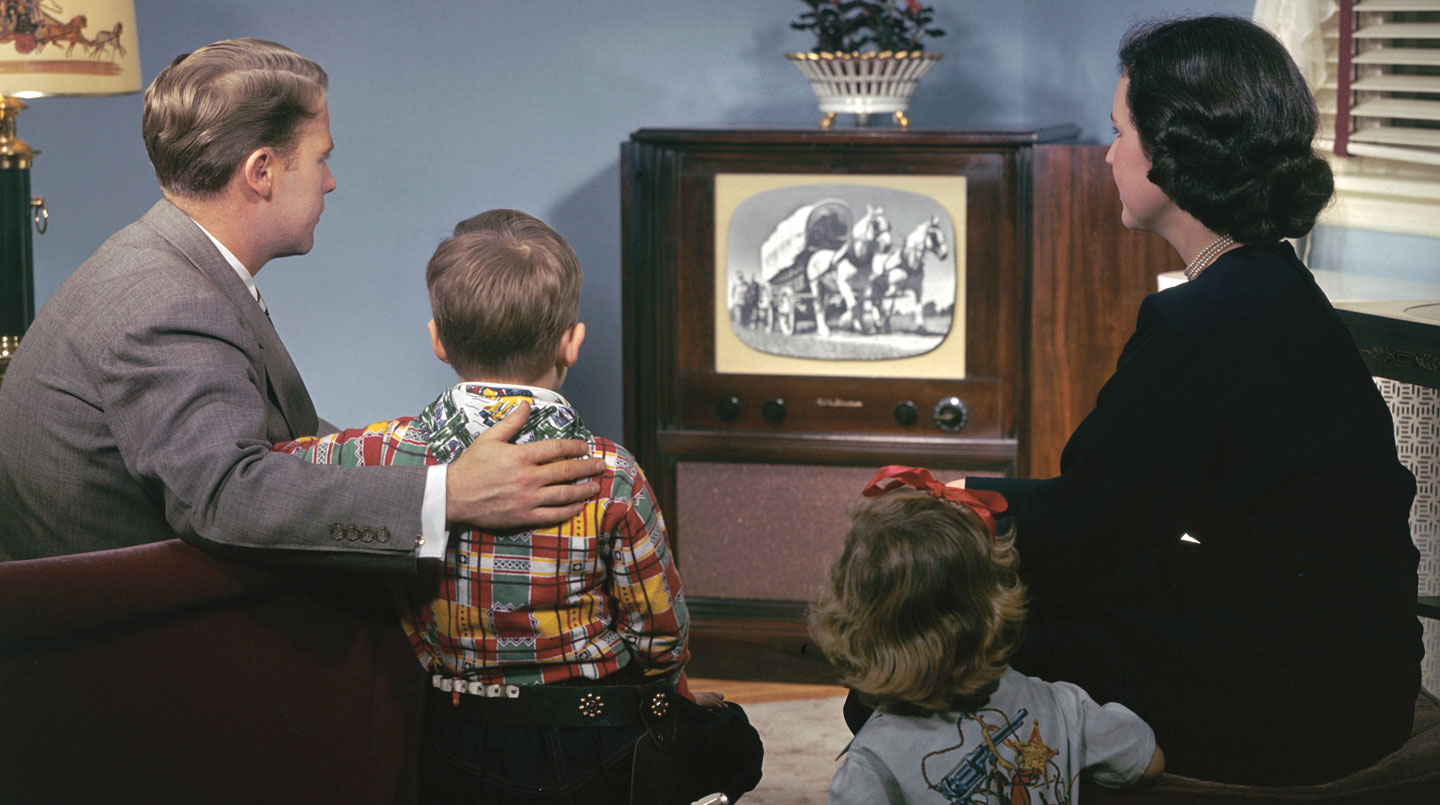
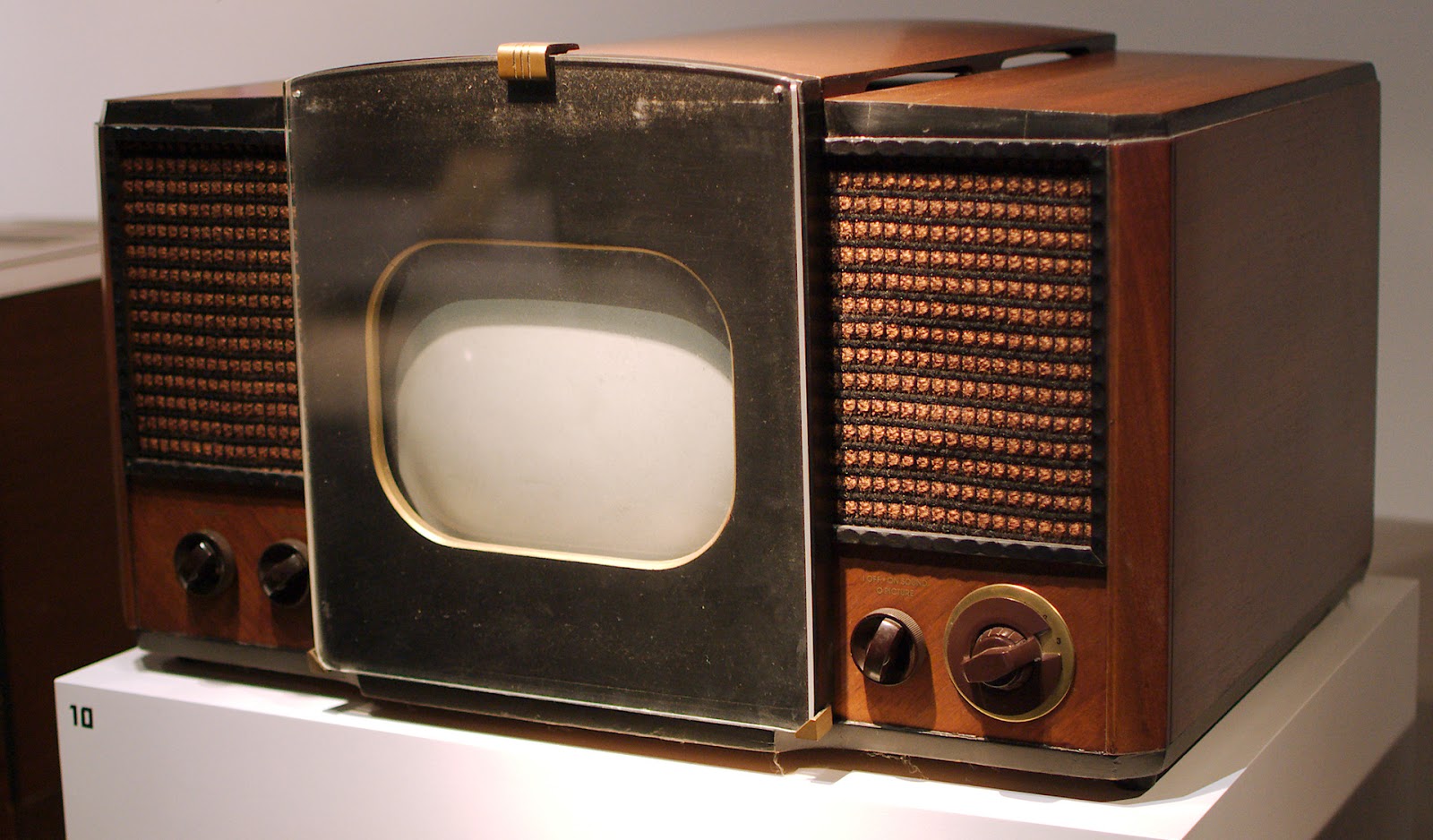
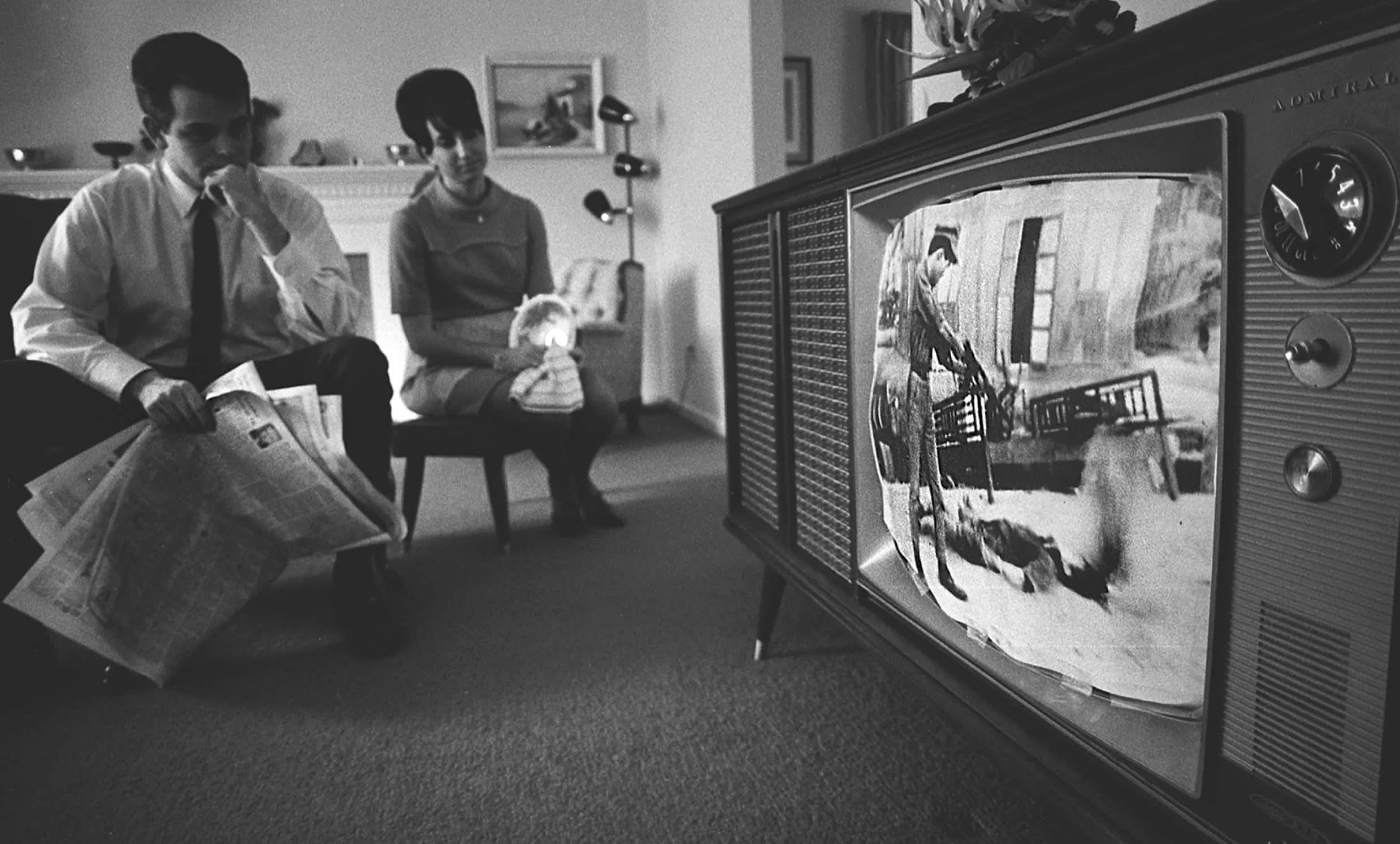
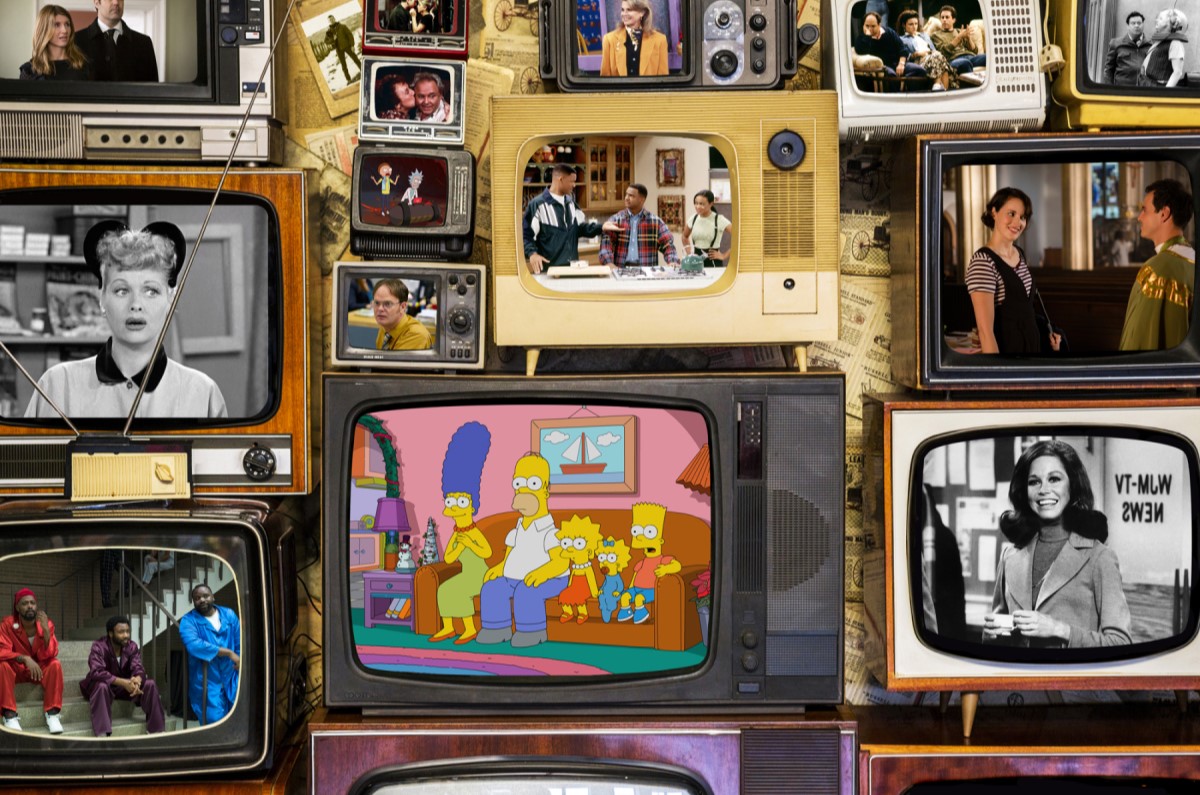
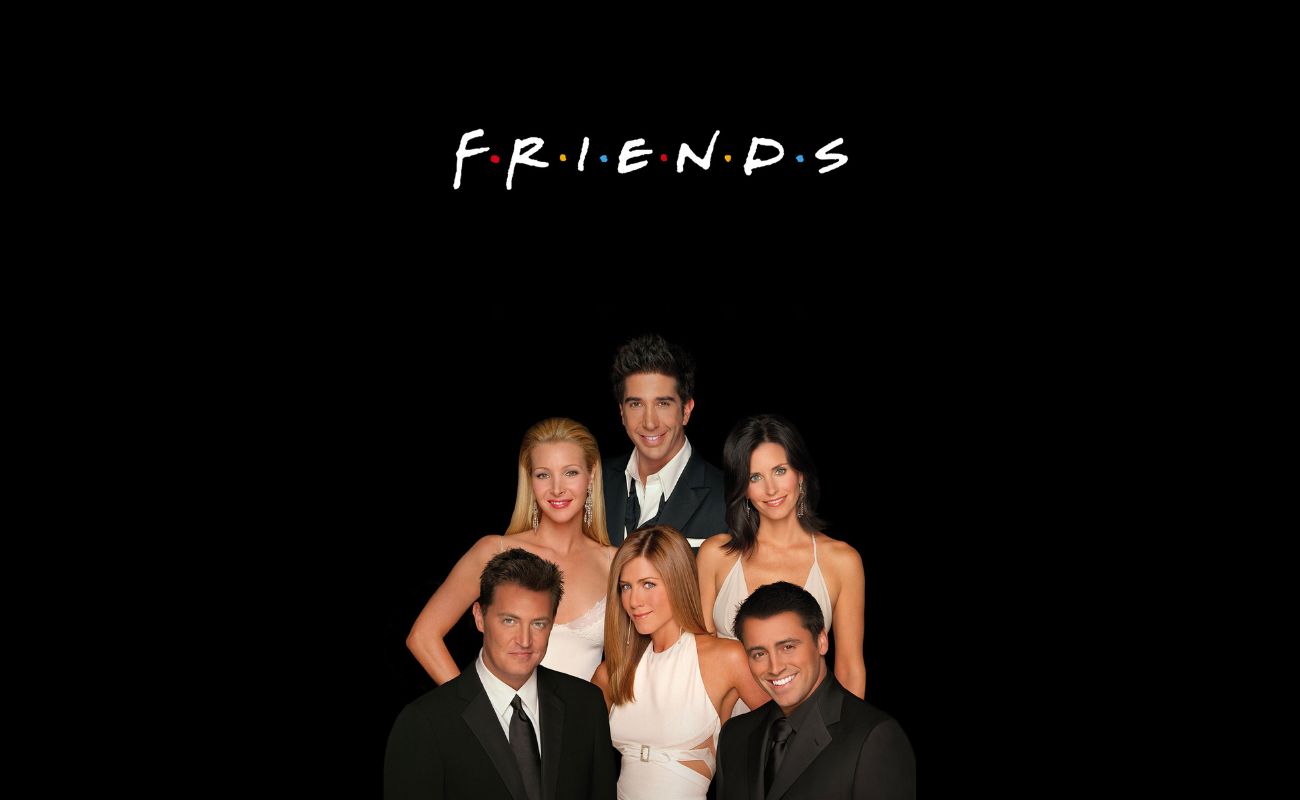

0 thoughts on “How Did Television Influence The Election Of 1960?”